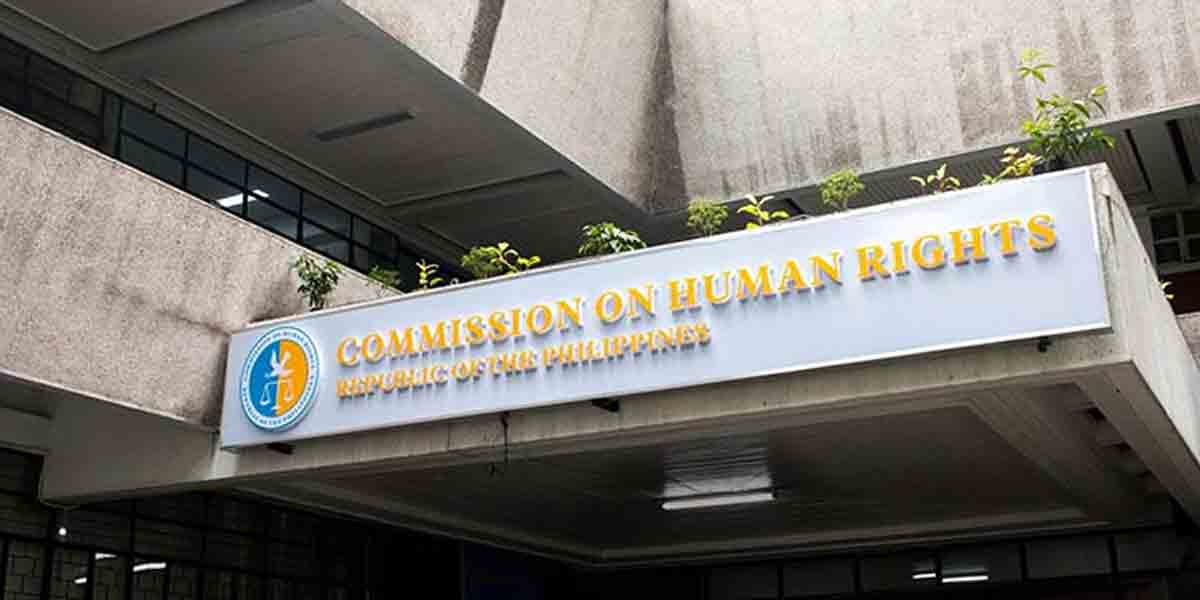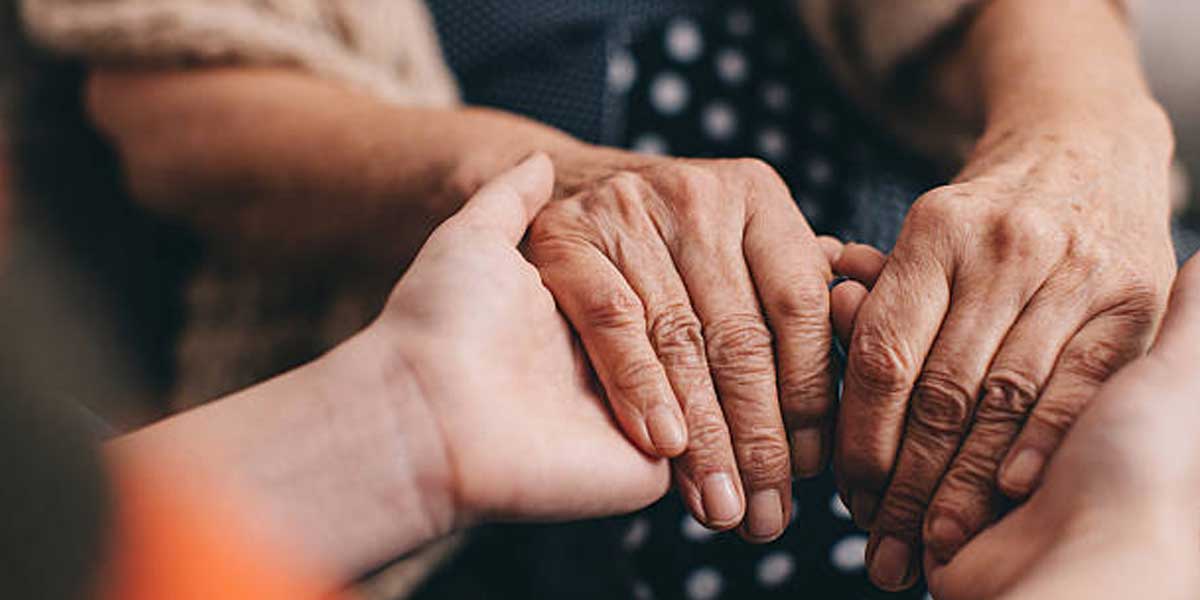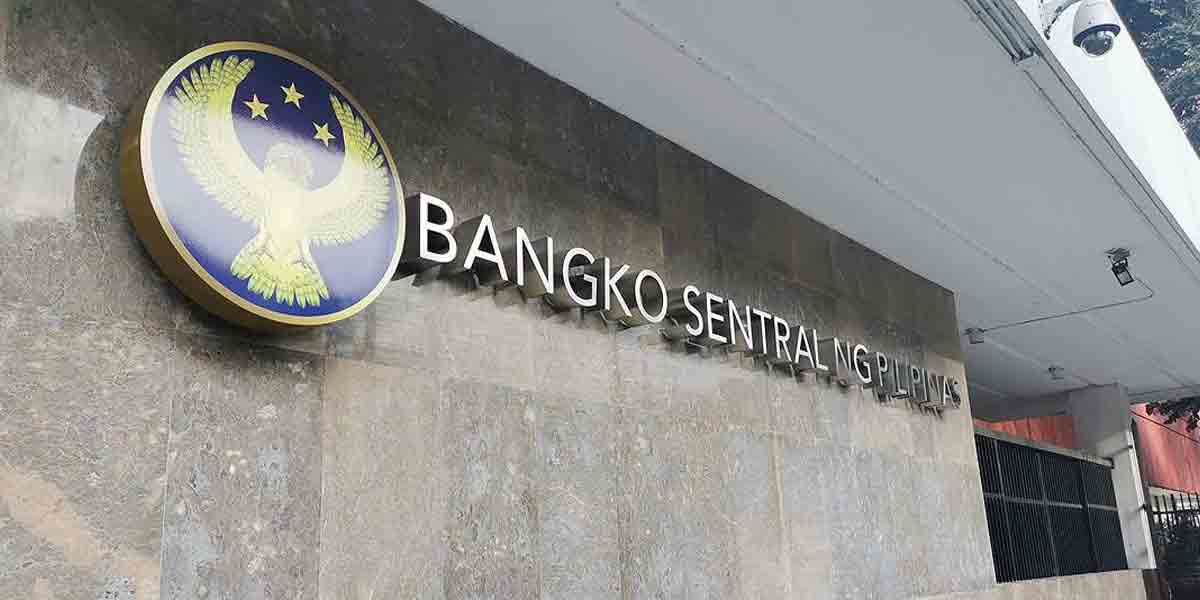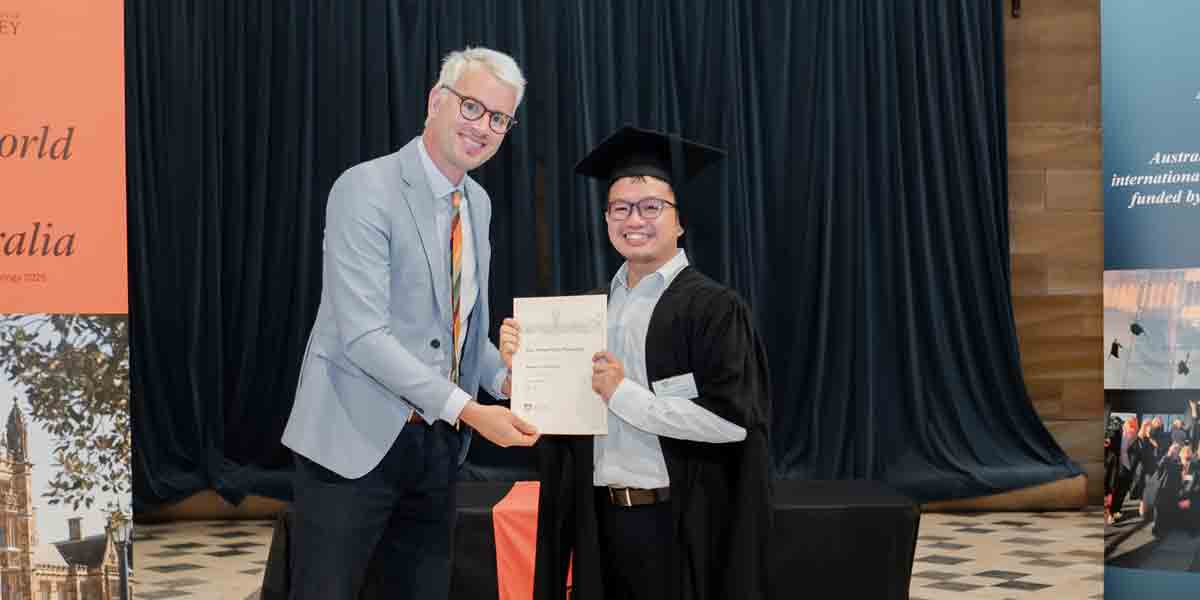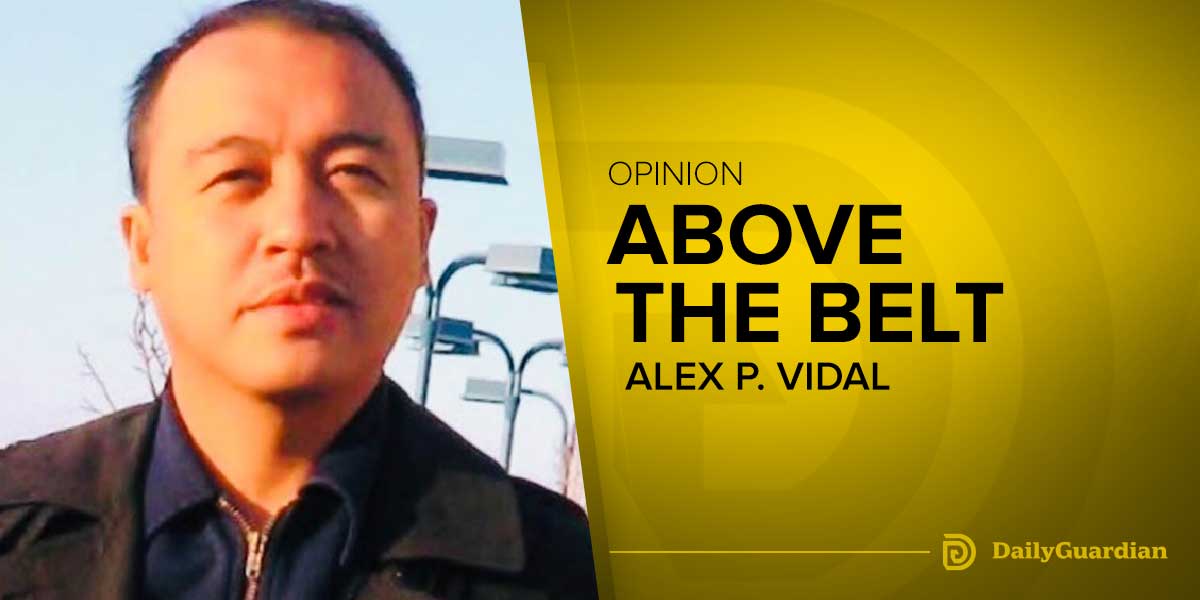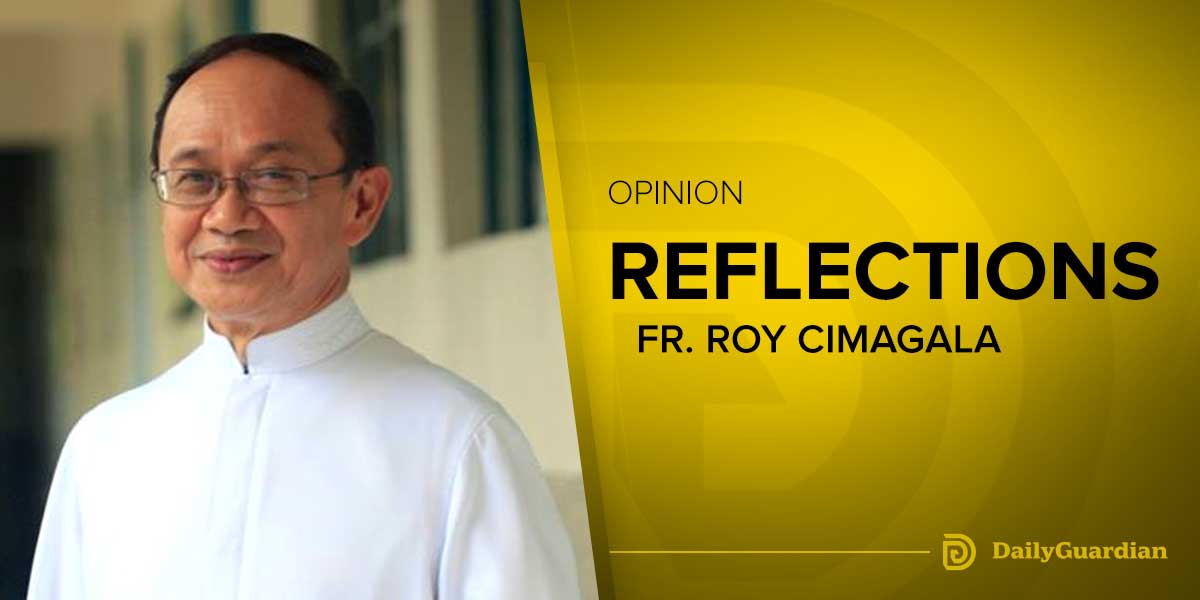 By Joshua Corcuera
By Joshua Corcuera
Beyond reasonable doubt, the pandemic has greatly affected society. Likewise, several fields were afflicted from tourism to service, from urban areas to manufacturing. So was the case with the education sector — specifically students and educators alike. In mid-March last year, a month and a half after recording the index case of COVID-19, the Philippine government finally acted by imposing a travel ban and a lockdown. At first, classes were suspended for a week, then a month, then the school year ended with significant challenges to learning.
The following school year opened in a different way. If workers need to work from home, students have to learn from home; hence, online learning became a reality. In far-flung areas where people lack equipment — such as laptop and internet — for online learning, students have to rely on modules. This approach to studying is, frankly speaking, difficult in a Philippine environment. Given the slow internet connection in urban areas, online classes would be exhausting and are focused on compliance rather than genuine learning. Henceforth, it does not come as a surprise that students protested online calling for an academic freeze. As a response, the Department of Education moved the opening of classes to August instead of June. But the Commission on Higher Education has not done the same and universities started their classes on schedule — online.
Eventually, students would need to deal with online or modular learning. Otherwise, they would fail to progress into the next year level at the end of the academic year. As of writing, the second semester of the school year is ongoing — at least in where I study. And despite thousands of coronavirus cases still being reported daily, life is slowly returning to normal. After all, imposing a lockdown is only a considerable option in fighting a contagious illness for the short-term, not for the long-term. A long-term lockdown is obviously unsustainable and people might suffer of other causes such as poverty and struggles with mental health. As one can see, more and more people are going outside regularly to make ends meet, to breathe some fresh air, to buy their needs, and the like. With this in mind, it seems likely that the next school year will return as well to its former state — face-to-face. To be candid, I have mixed feelings.
There is this feeling that I’m excited — excited to meet my blockmates again and listen to our teachers. On the other side of the coin, I’m also worried — worried that I might get the virus and spread it to where I live. Therefore, it is essential that the balik-eskwela after these exhausting online classes would ensure the safety of all children who’ll return to their classrooms. This leads to a pressing question: what can we do to ensure the safe resumption of face-to-face classes?
First, preventive measures must be implemented and observed at all times. Obviously, wearing face masks, physical distancing, and washing hands regularly would be imperative for students and teachers. Educational institutions must play their part in ensuring that these measures are realized. Second, include students and educators in the list of who can take the vaccine. Actually, as vaccines are expected to arrive this year, all members of society must be given a chance to decide whether or not to receive it. By doing so, we can prevent coronavirus cases in the country from spiking once the-powers-that-be decide to loosen restrictions. And third, do not force students to go back to school. Some students or their parents might be reluctant for them to return to face-to-face classes, and for good reason. Hence, a hybrid set-up — a mix of online classes and traditional classes — can also be considered by educational institutions to minimize the chances of students catching COVID-19.
Altogether, as a day passes by, the day in which students would be returning back to school comes nearer. After all, teaching and learning cannot be done online forever. However, the-powers-that-be and educational institutions must plan — as early as now — on how the resumption of face-to-face classes would be carried out to ensure the safety of everyone.

